How to create effective incident management in Jira service desks?
In the dynamic landscape of IT service management, efficient incident management is crucial for maintaining operational integrity. Let's explore essential strategies for maximizing incident management efficiency at every workflow step in the Jira Service Desk. Organizations can enhance agents' CSAT and expedite issue resolution by implementing these tactics.
Step 1: Avoid being flooded by requests via customer portal
There was an incident, and customers reported it through the Jira customer portal. Very often, there are many of the same ones, so it's a wise step to set up automatic merging, especially if the incidents affect many customers. This way, all new tickets will be merged to the first issue, and you won't get cluttered with recurring issues. And also, you gain all relevant data about requests and reporters in one place, which really makes it easier on agents.
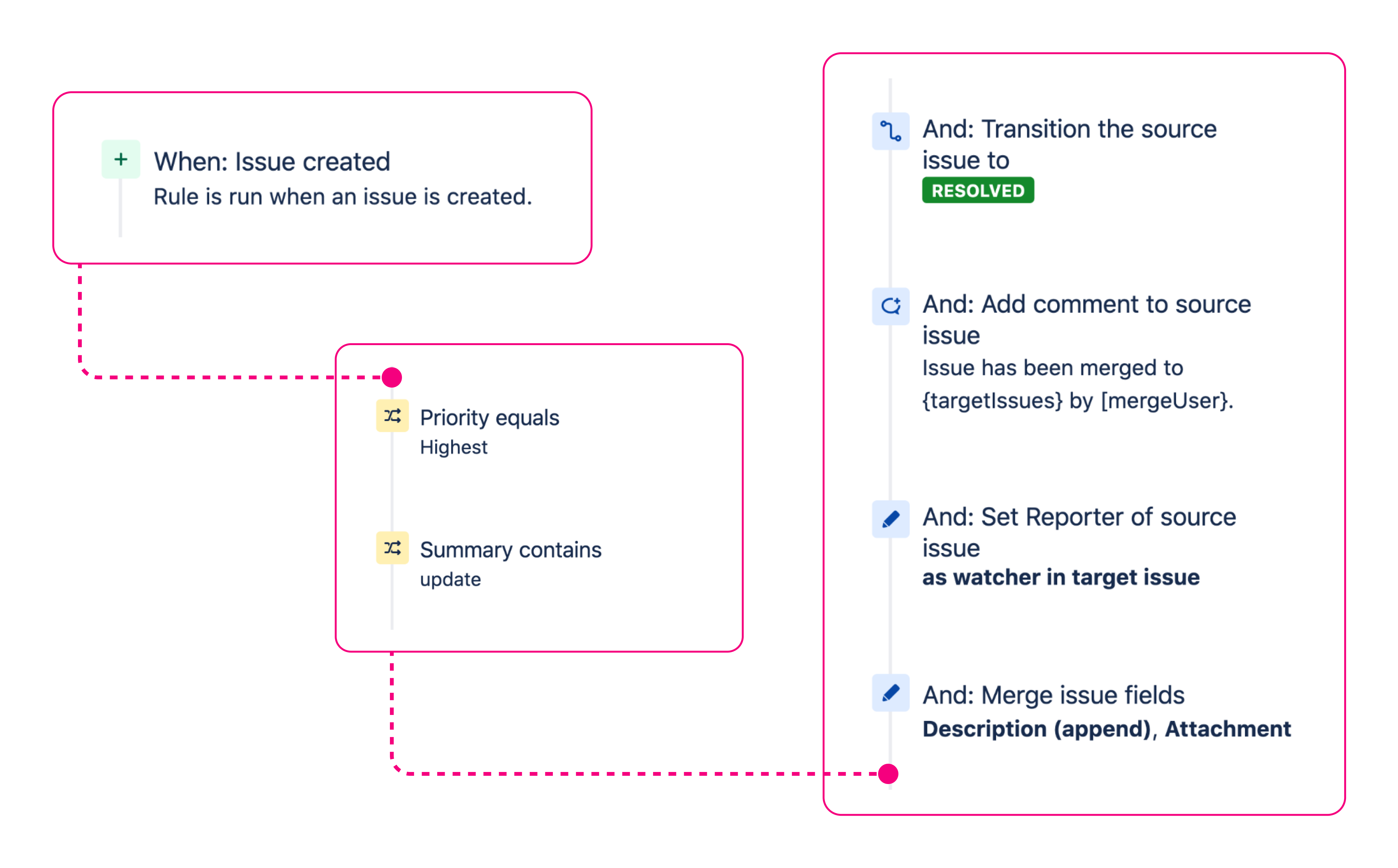
Recommended App: Service Pack for Agents
Step 2: Customize Jira portal for incident reporting
As you have already figured out that there is a major incident, set up a special banner on the portal for a particular request type with the announcement that you’re already working on it. This way, some of your customers will stop creating new requests.
For those who incident hit hard, create an escalating process with an edit request feature. Then, the ticket goes to a special escalated queue, and agents can solve it first.
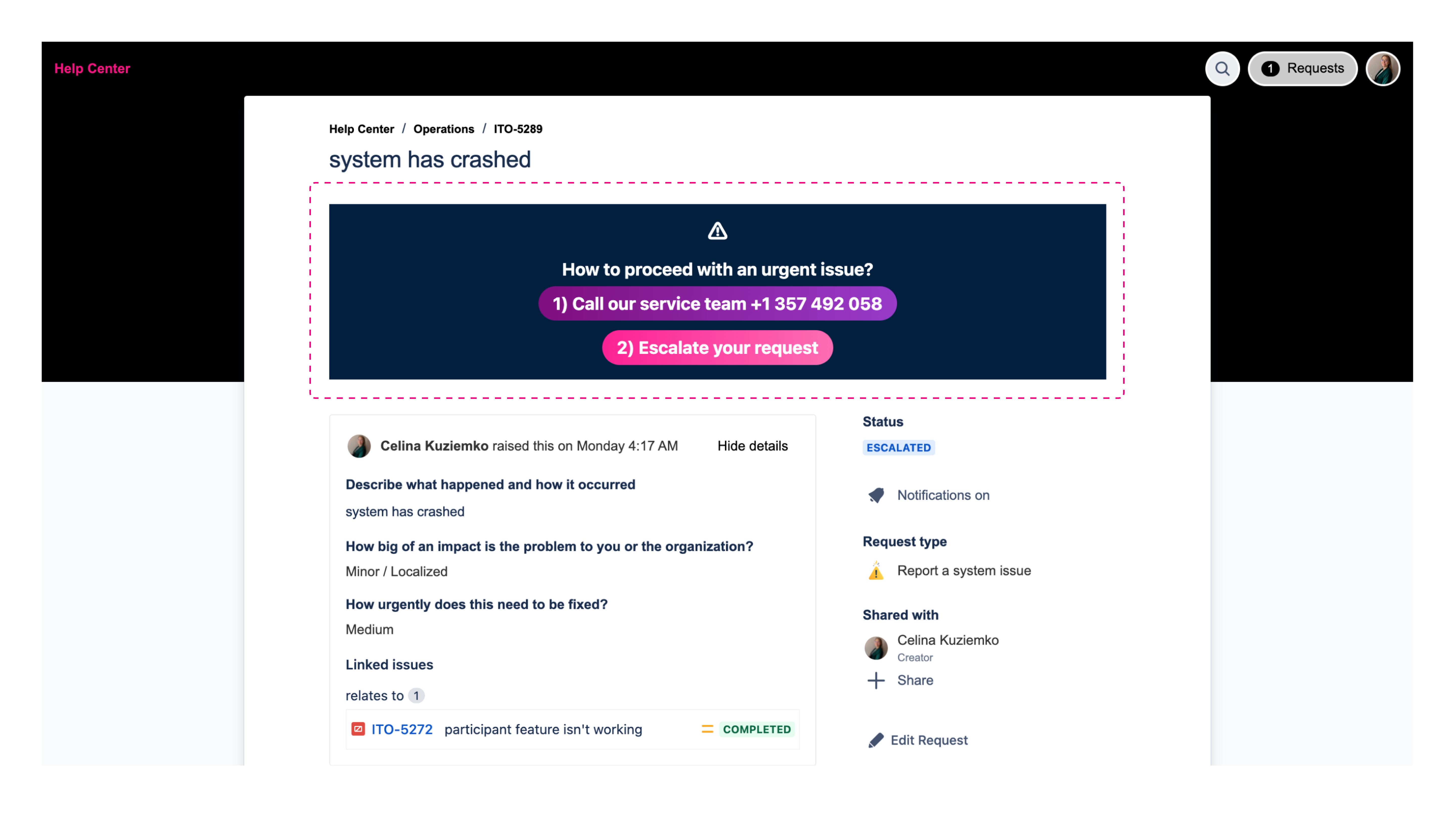
Recommended App: Feature Bundle
Step 3: Give service desk agents all the customer context
The agent looking at those customers escalates the incident, has an issue viewing information about the reporter, and can resolve the ticket faster. The agent doesn't have to ask for additional data and has everything at his fingertips.
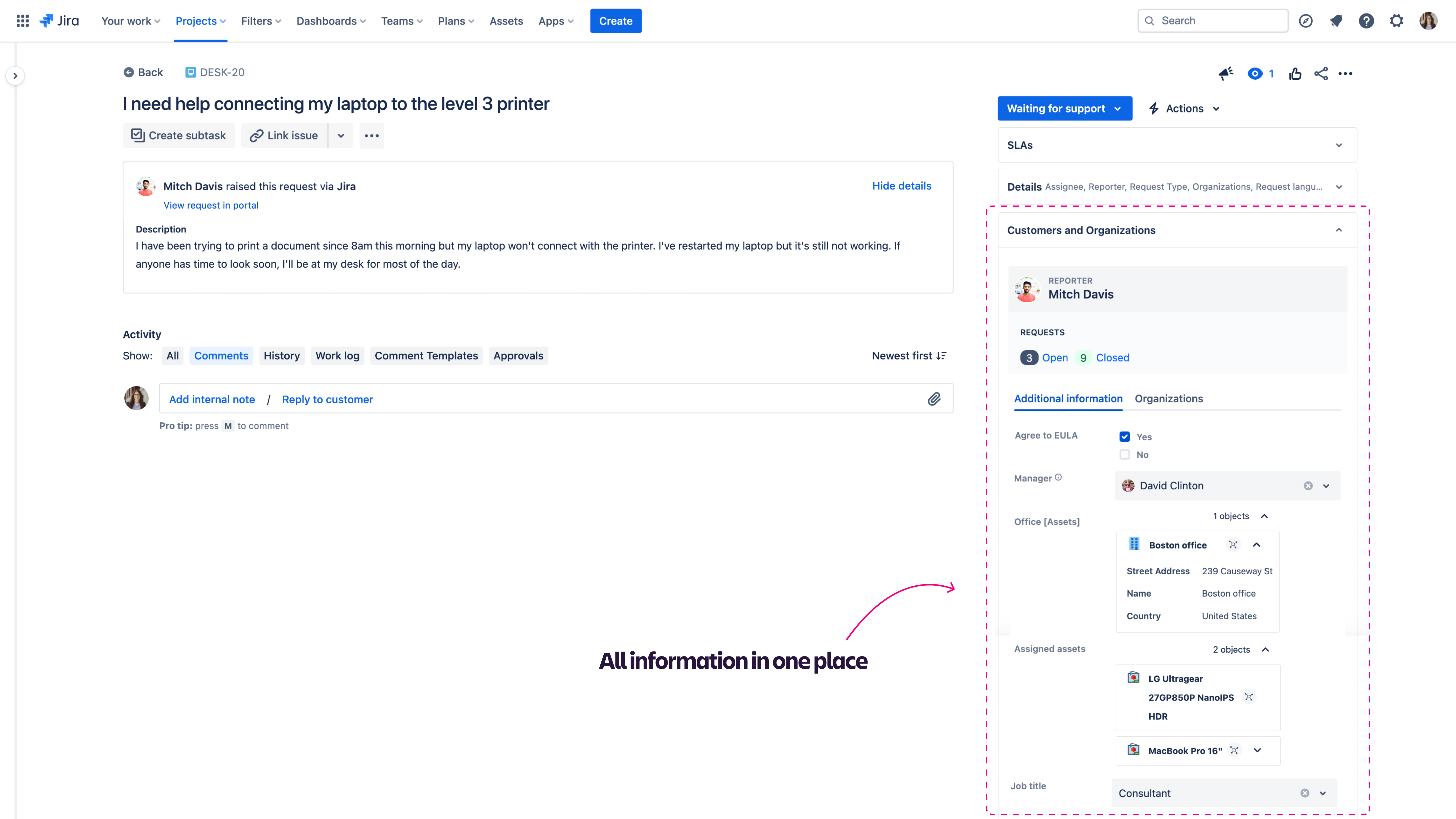
Recommended App: Perspective | Custom Attributes for Jira
Step 4: Monitor service desk metrics
Statistics don’t lie, so start using them. Monitor the request distribution over time metrics and see if there is an increase in assumed tickets in a given hour and if something like this has occurred before. You can check if this is a recurring incident, and you can learn from it and prevent it in the future. Also, you see exactly when you get the most requests, and you can allocate agents more efficiently.
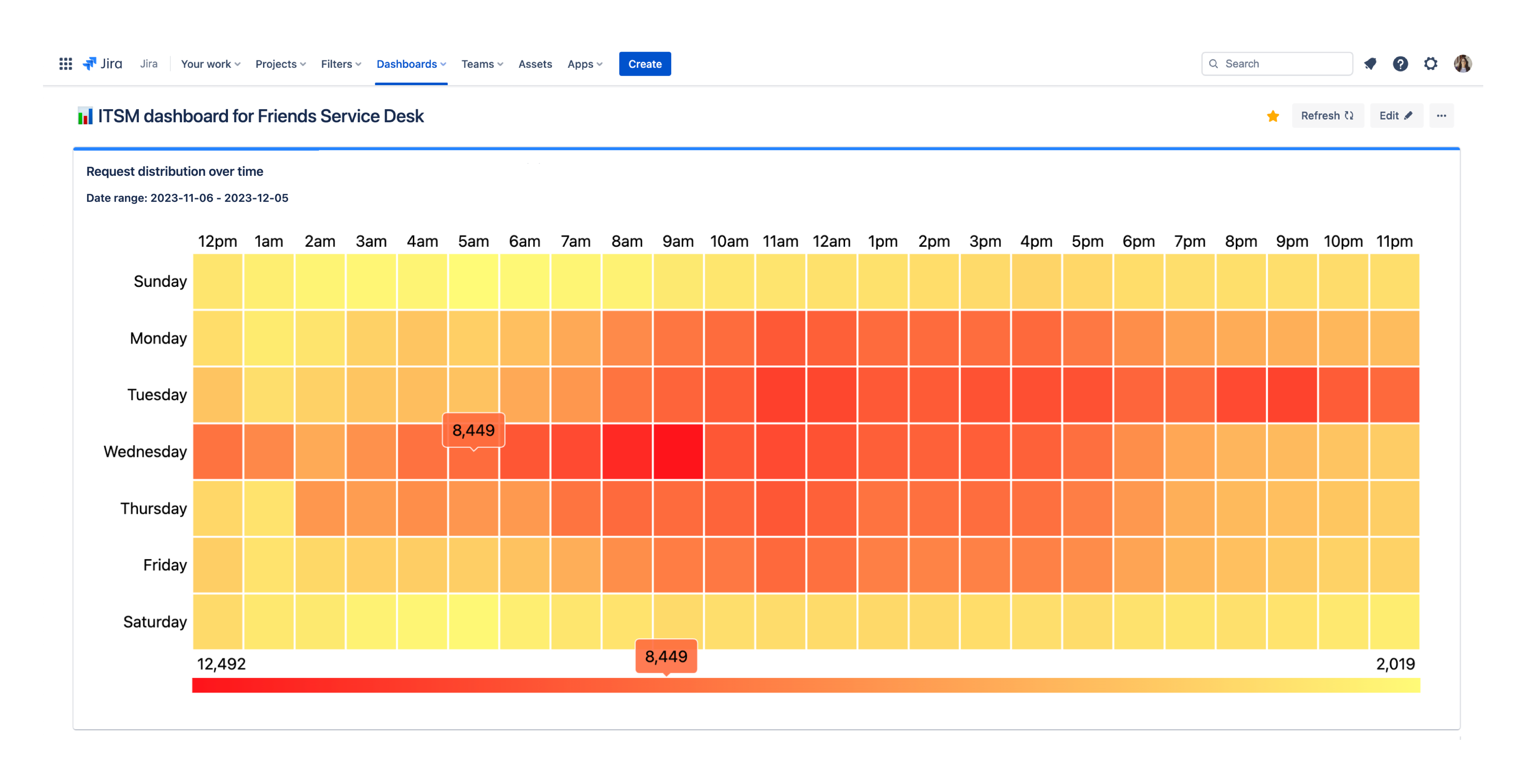
Recommended App: ITSM Reports
Step 5: Manage all ticket reporters at once
As the incident is solved, the agent must inform the reporters. Change the status, and write them back in a comment. Sometimes, there are dozens of these tickets. Therefore, it is advisable to manage reporters in bulk: write off all of them at once and close all the tickets with one click.
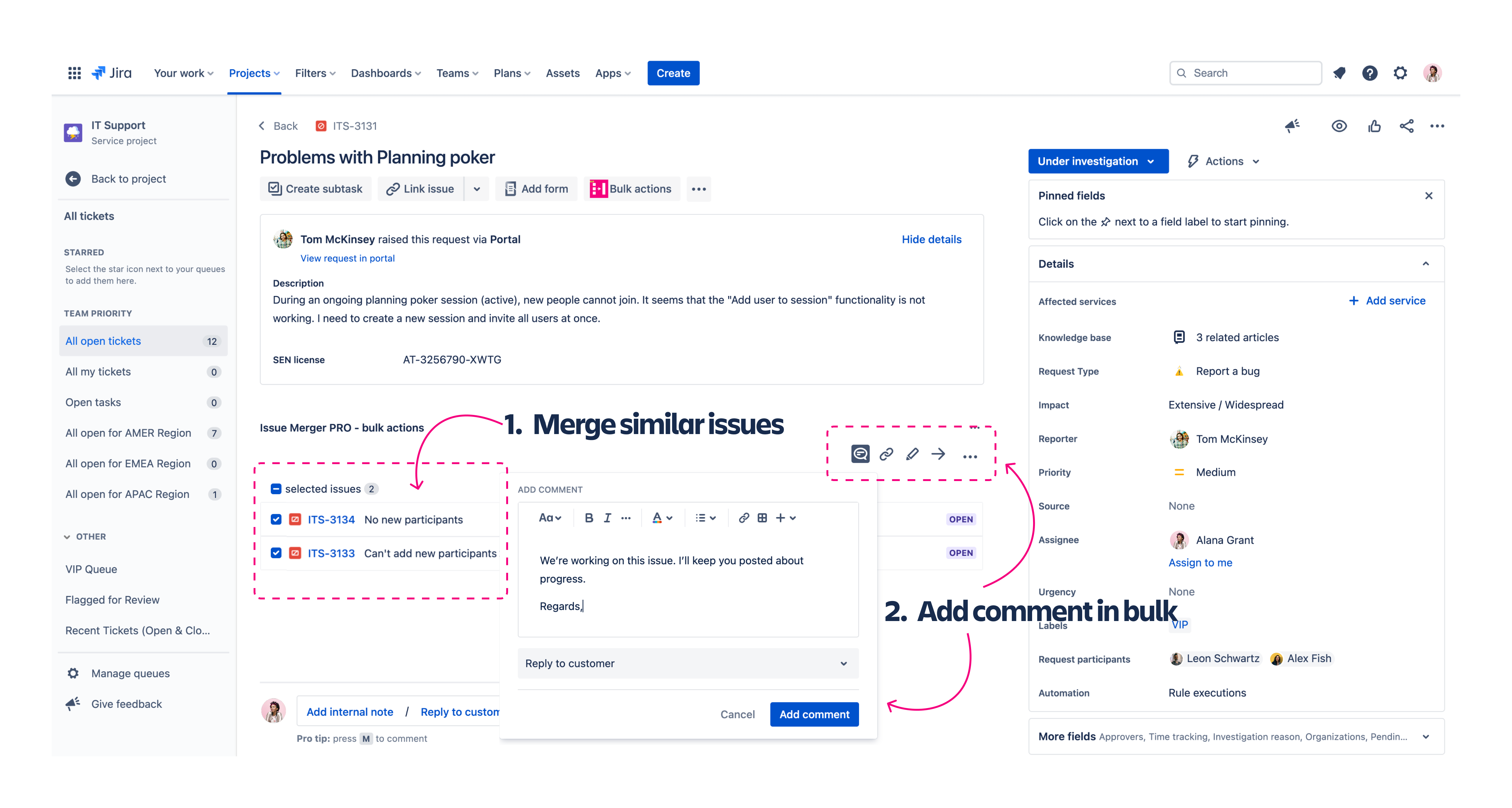
Recommended App: Service Pack for Agents
Final thoughts
With those 5 strategies, you can create an outstanding support and high-velocity agents team. The CSAT will rise, agents will be less offloaded, and the ticket will be resolved faster. It all comes down to happier customers and your team's better performance in incident management.
This article was created for the annual Hitchhiker's Guide to the Atlassian App Galaxy by Communardo.